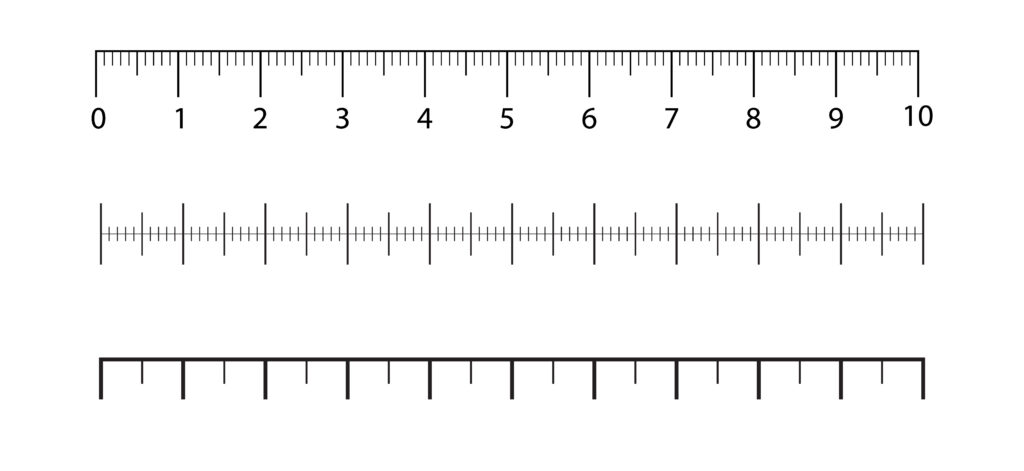Pythagoras Theorem
Visual Verification Using Squares
Explore the Pythagorean theorem visually by observing how the areas of squares built on the sides of a right-angled triangle relate to each other. Change the triangle dimensions to see the theorem in action!
a² + b² = c²
Observation:
For a right-angled triangle with sides 3, 4, and 5, the areas of the squares are 9, 16, and 25 respectively. Notice how 9 + 16 = 25.
The Science Behind Pythagoras Theorem
Key Concepts:
Pythagorean theorem states that in a right-angled triangle:
- The square of the hypotenuse (c) equals the sum of squares of the other two sides (a and b)
- Formula: a² + b² = c²
- Works for all right-angled triangles, regardless of size
- One of the most fundamental theorems in geometry
Visual Proof:
This demonstration shows the theorem visually by constructing squares on each side of the triangle. The area relationship becomes clear when you see that the two smaller squares together fill the same space as the largest square.


